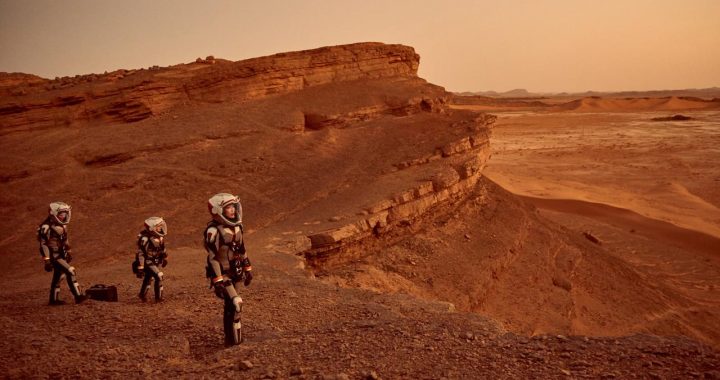Artificial intelligence, virtual and augmented reality will play a huge role as humankind heads to Mars and beyond, says the man overseeing NASA’s exploration systems.
In an interview with The Australian, Jason Crusan, who is visiting Australia, discusses how NASA is leveraging newer capabilities of artificial intelligence as it undertakes 20 years of preparation for humans visiting Mars.
There’s also internet bandwidth we dream of that will beam 4K resolution images from millions of kilometres away to our headsets, and an upcoming capacity to snap high resolution photos of the entire Planet Earth daily, with each pixel representing a 3 to 5 metre slice.
Mr Crusan is in Australia ahead of a weekend of big space exploration public events hosted by National Geographic. Mr Crusan, Apollo 11 astronaut Buzz Aldrin, and Mark McCaughrean from the European Space Agency will discuss in detail mankind’s 20 year plan to visit Mars, an expedition that presents, among other things, massive supply chain logistic problems operating for long periods away from Earth. It’s a prelude to National Geographic’s series MARS.

Jason Crusan, director of Advanced Exploration Systems for NASA in Sydney
Three public events of “Mars The Live Experience” will take place in Melbourne, Sydney and Canberra this coming weekend and will be hosted by Ray Martin.
While much of AR and VR technology is new to us, it isn’t to NASA. Mr Crusan, who is the director of the Advanced Exploration Systems at NASA, says the space agency had been using virtual reality for 15-20 years.
“As part of our astronaut training programs today, every single mission that they go to do in general training, they do in virtual reality before the mission is actually conducted,” he says.
That includes astronauts using customised versions of virtual reality headsets for spacewalks. “We predated commercial VR in many ways. We took off-the-shelf components and bought our own custom rigs for virtual reality. So all of our spacewalks are simulated ahead of time.”
Mr Crusan says the VR experience is supplemented with astronauts training in “the big pool”, a neutral buoyancy lab which helps simulate shuffling around in space. “They get that true feeling in the neutral buoyancy lab, and the VR gives them the presence of being on the space station.”
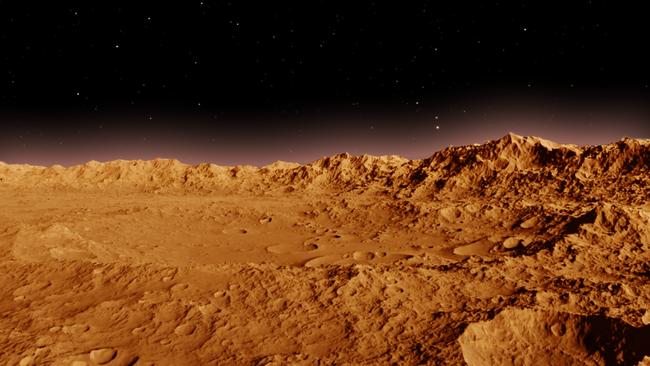
Mars. Photo: NASA, Shutterstock
He says that when it comes to augmented reality, NASA is testing next generation systems such as Microsoft’s HoloLens on board the space station. Astronauts will see screeds of instructions right in front of their faces as they perform daily tasks and experiments.
“Everything is procedure driven, so in any given week an astronaut may be doing a couple of dozen different experiments. The problem of doing a couple of dozen different experiments that you’re not the designer of, is that you follow procedures.”
“We went from book based to iPad based procedures. But if you’re sitting in the equivalent of a large data centre, which is the complexity of what our space station looks like, with racks and racks of equipment, and you’re tearing apart a piece of machinery, going back to an iPad or even a piece of paper … it’s very confusing.
“What we’re doing with augmented reality is allowing the procedures to be in the line of sight.”
Currently augmented reality is being adopted inside the space station. “With the next generation we are looking at how to project that imagery into the line of sight of spacewalks as well. I would say we’re in the experimental mode right now for augmented reality.”
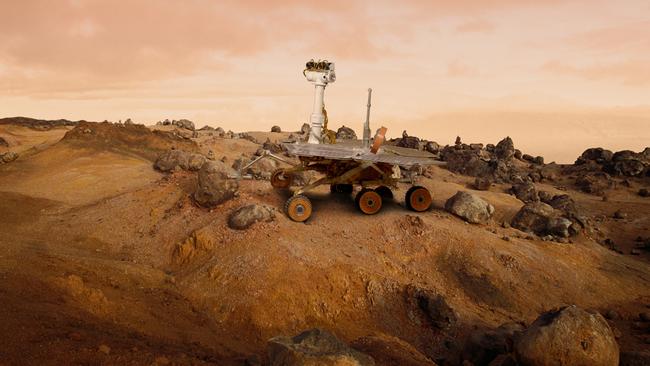
The Mars Rover: Photo NASA, Shutterstock
He says when astronauts visit Mars augmented reality will be mainstream. They will have to stay there about 2 weeks or a full year. There is limited opportunity to travel between Earth and Mars at the shortest distances.
Mr Crusan says virtual reality and augmented reality are also “outreach tools” for NASA which will use them to share the experience of space with the public.
NASA will capture content of its missions in a way that is compatible with VR and AR. It is working with Latin America firm Fusion Media to create a “Mars 23” experience — a full VR experience based on NASA’s scientific data and mission concepts. He says this is being built as a VR platform with headsets.
The public will enjoy a theme park-style space experience with a full sized Mars Rover. A version for a head’s up display (HUD) is being created as well.
“We’re thinking about delivering the content back so when we go on a mission to Mars or even on the space station today, how we can share rich content in a way that people are ready to consume.”
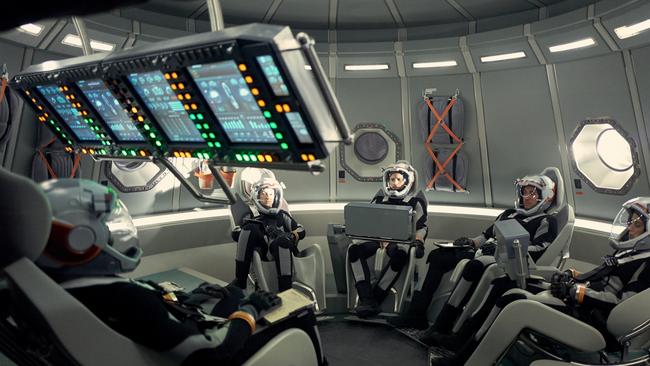
The experience will be offered as high quality video content beyond the quality of the imagery required for engineering and science, he says. “We know that if we go into deep space, people are going to expect 4K, 6K, 8K video streams live from more than one camera feed from where we are in the solar system.”
With laser technology it’s possible to stream high bandwidth video from space. He says NASA has achieved more than 600 megabits per second transmitting from the moon back to earth using laser terminals. This was achieved during the LADEE (Lunar Atmosphere Dust and Environment Explorer) missions two years ago.
“I’d challenge you to get 600 megabits per second in Sydney,” he says. “If you put that same terminal into low Earth orbit and take pictures of Earth you get 10 Gigabits per second.”
He says bandwidth is so good it is possible to raster scan Earth (take photos of the entire planet) every day with 3-5 metre pixels and obtain a full image of the planet. Companies such as Planet Labs are doing this.
“They are launching a constellation of small satellites that raster scan the planet every day at 3-5 metres per day, every place on Earth, and then open up that data set to the world. They will have this operational by next year.
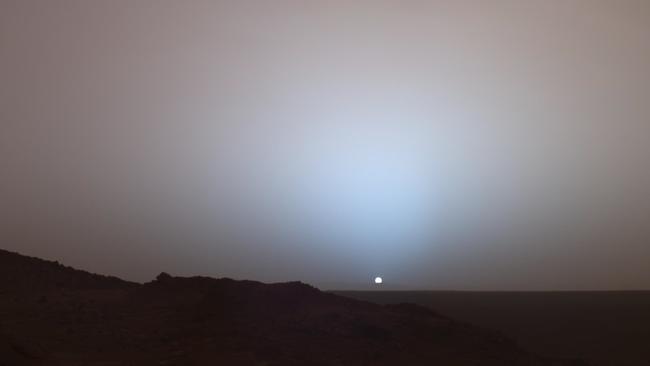
Gone too are the days when all the computer systems needed in a mission are completed before launch. “For most of our Mars missions the software isn’t even complete when we launch because we can finish it over two years,” he says.
Autonomous driving too is something that NASA will develop for exploration. He says that currently a rover like Curiosity on the surface of Mars doesn’t move autonomously. “It’s not autonomous driving. It sends command like ‘drive this way’ , “drive that way” and we are using the cameras on board and we map out the rocks and anything else.
“It’s sent all the commands and it runs the commands and then it stops There’s no autonomy. If something occurs that is not expected it just puts the spacecraft into safe mode. It just stops.
“That’s the way we work today but it can’t be the way we work in the future. When you have human lives out there you can’t just shut down your systems and say we’re going to wait 40 minutes for a command from Earth to come back.”
It takes at least 20 minutes for a radio signal beamed from Mars to reach earth and visa versa, so the round trip is at least 40 minutes.
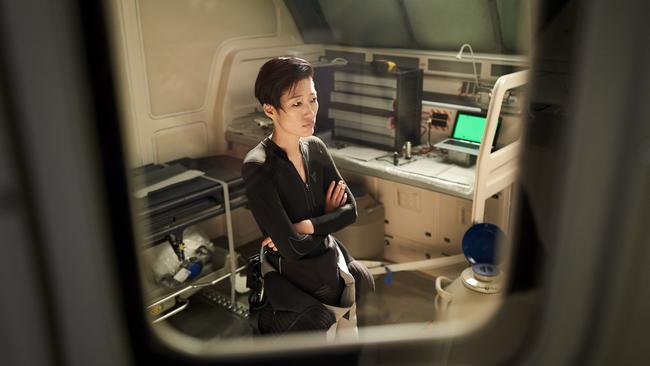
“You don’t have Mission Control. The whole analogy of ‘Houston, we have a problem’ and they come back and say ‘Yes what is it’ 40 minutes later is not something you can operate with Mars.”
That’s why artificial intelligence and machine learning is so crucial in space. Smart computer systems and sensors will need to adapt to environments, learn and make choices about issues such as how to repair systems.
“We need systems that are smart enough and adapt themselves to the anomalies and the environment that they see. The only interaction they will get is from the crew that’s there with them and the sensors.
“Instead you’d have an artificial Mission Control. If it sees something that in its memory it knows, it can fix the system and get it back and operational.”
NASA is reprogramming systems on the International Space Station with greater intelligence as a first step.
He stresses that NASA is working with The European Space Agency, other countries and private companies to enable mankind to travel to Mars. In fact the entire space venture is costing more than $US300bn per year with NASA’s contribution only about $US18bn.
More technology insights with Mr Crusan and mankind’s amazing venture to Mars next week. Tickets are still available to the National Geographic events in Melbourne (Melbourne Town Hall, Friday), Sydney (Hordern Pavilion, Sunday) and Canberra (Llewellyn Hall, Monday) from Ticketek.
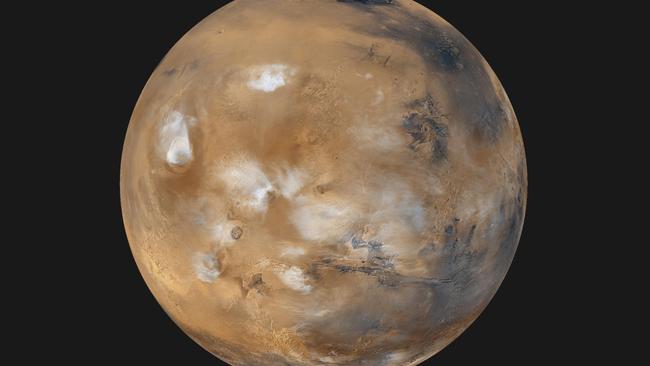
Published in The Australian newspaper.
